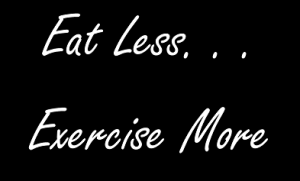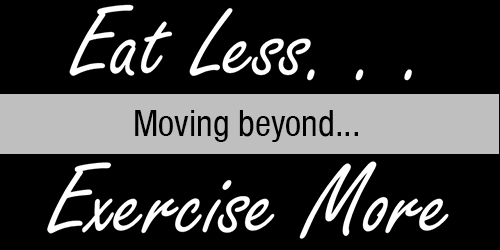Now more than ever, the workplace wellness space is abuzz with opinions and emotions. But most agree: It’s time to move beyond “eat less, exercise more.”
 There’s much debate over whether the current popular approach to employee wellness is actually producing happier, healthier employees and cost savings for organizations. A quick tour of LinkedIn offers a full range of perspectives. Those on one end of the spectrum suggest that workplace wellness is “dead.” Those on the other end suggest traditional workplace wellness programs are essential, invaluable, and result in significant (and sometimes mathematically impossible) returns on investment.
There’s much debate over whether the current popular approach to employee wellness is actually producing happier, healthier employees and cost savings for organizations. A quick tour of LinkedIn offers a full range of perspectives. Those on one end of the spectrum suggest that workplace wellness is “dead.” Those on the other end suggest traditional workplace wellness programs are essential, invaluable, and result in significant (and sometimes mathematically impossible) returns on investment.
Next generation workplace wellness
I was fortunate to attend an intimate two-day “un-wellness” wellness conference and participate in incredible conversations among workplace wellness professionals about our industry. I left feeling renewed, enthusiastic, and inspired by the much needed perspective on the whole situation.
Some of the common conclusions from the conference were:
Workplace wellness is neither great nor terrible.
Right now, it’s just… mediocre. Most workplace wellness professionals have done the best they can with the knowledge they have and made significant headway in raising awareness about the need for the workplace to help their employees live their best lives. We’ve done some really dumb things too. Most of the wrong moves have been ineffective or even silly, but a few have been unintentionally harmful.
We need to build on what’s going well.
While I agree considerable revamping of the current workplace wellness approach is necessary, I think there are several components commonly included in workplace wellness initiatives that are valuable. For example, an increasing number of employers are offering live, facilitated lifestyle improvement programs where participants develop self-awareness and personalized strategies to address health issues. This is a fundamentally good idea.
To improve and build on it, we need to ensure these programs address health holistically and are based on the most recent evidence. We also need to help employers create organizational conditions in the workplace that support their employees in making lasting changes.
The numbers-focused, “eat less, exercise more” approach is sorely lacking.
For decades, workplace wellness programs have primarily focused on changing physical health through biometric screenings and interventions that boil down to overly simplistic advice to “eat less, exercise more.”
While biometrics are certainly one measurement of overall well-being, their value in motivating change has been overstated while other important components such as emotional and social well-being have been overlooked. And although moderate eating and regular physical activity are good for virtually everyone, trying to “get” employees to do these things without first helping them develop the thoughts, feelings, and skills necessary to maintain such behaviors is futile.
Watch this 4 minute video about why the “eat less, exercise more” approach doesn’t work – and what to do instead.
We can’t do this by ourselves!
Creating sustainable improvements in the health of organizations is a monstrous, complex undertaking. It requires deep and vast knowledge about the behavior change process, human motivation, organizational development, culture, leadership, and much more.
Workplace wellness professionals are tasked with the responsibility of affecting organization-wide change without the complete skill set or sphere of influence to do so. There is no one single profession that has all the answers, so we need to seek out and merge our thinking and initiatives with those whose expertise compliments our own, particularly those from the world of organizational development and culture.
Change is on the horizon.
Though some may not say so due to fear of repercussions from employers or clients, many workplace wellness professionals question the current approach to employee wellness. During the conference, we talked with others in the field who are uneasy about the direction our industry is heading and are looking for new solutions.
Change is on the horizon! If you’re interested in moving beyond the “eat less, exercise more approach to employee wellness, join the conversation here.
This article has been updated from a previously published version.
Did you find this article informative? Please check out these other posts you may like:
Mindful Eating, Resilient Living, and Peak Performance
Mindful Eating is a Skill – Lessons Inspired by Neuroscience
Mindful Eating in Corporate Wellness – Can It Really Work?


